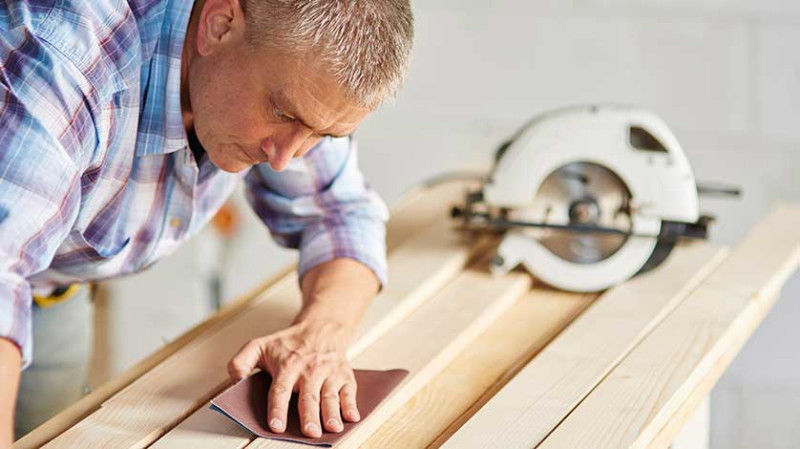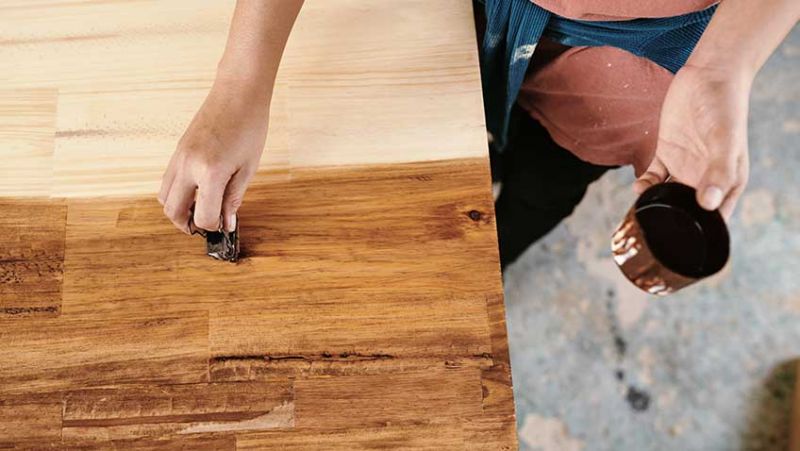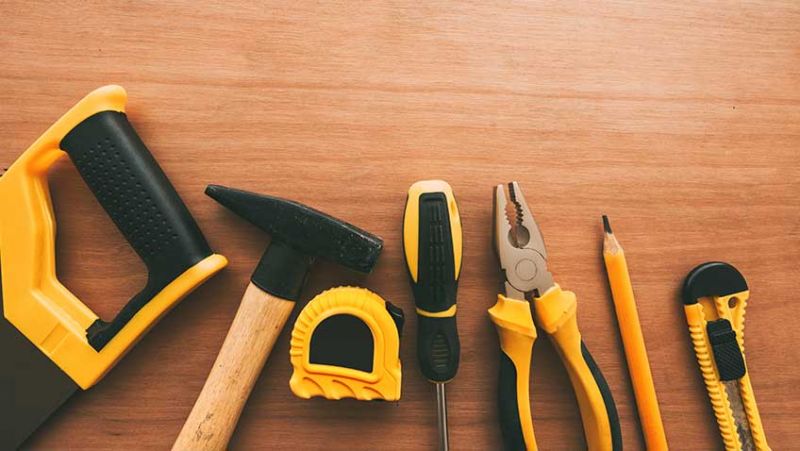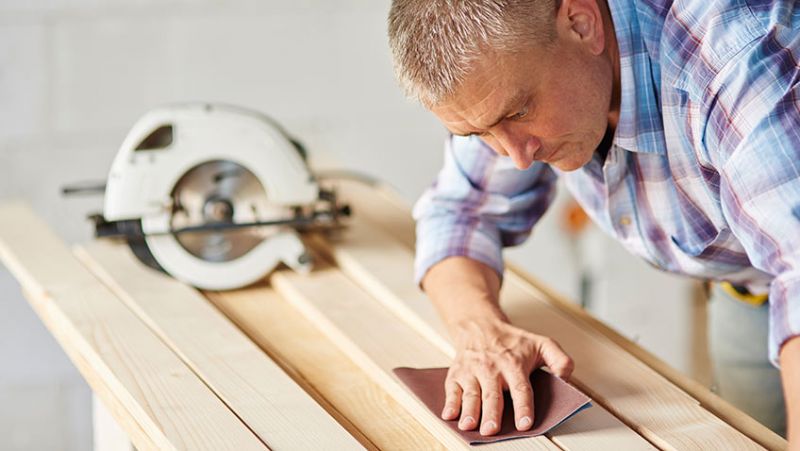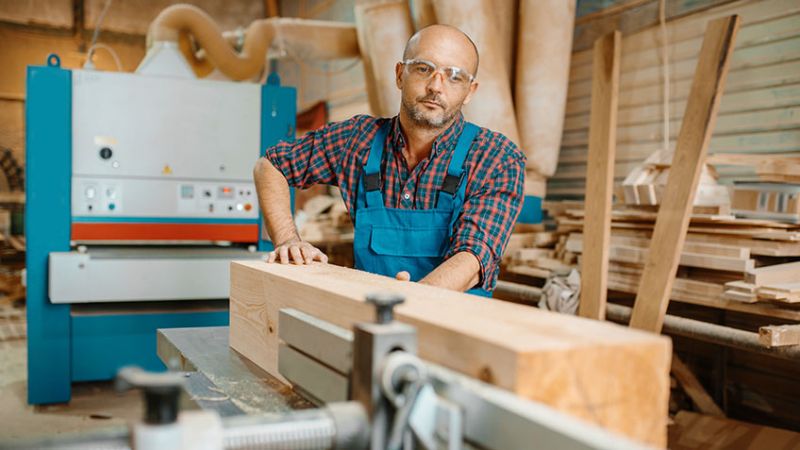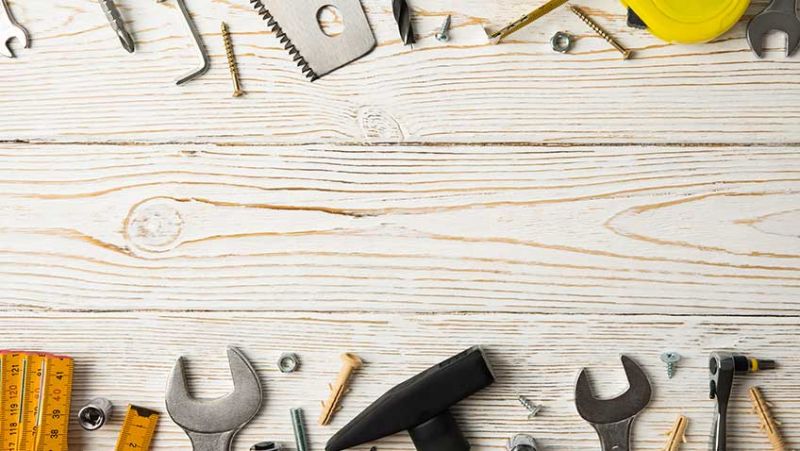
There are a few carpentry tools that, while not absolutely essential, can be very handy to have around. A good marking and measuring tool can make your life a lot easier, and can help you get more accurate results.
Ultra Fine Point Marker
Carpenters use a variety of tools to create their masterpieces, and one of the most important tools in their arsenal is the ultra fine point marker. This type of marker is essential for creating precise lines and details that can make or break a carpentry project.
Ultra fine point markers are available in a variety of sizes, but the most popular size is the 1/16 inch. This size is perfect for creating detailed lines and designs that can be easily seen by the naked eye.
When shopping for an ultra fine point marker, it is important to choose a product that is durable and will last long. There are a few different brands on the market, but some of the most popular brands include Sharpie and Pilot.
Once you have found the perfect ultra fine point marker for your needs, it is important to take care of it. Be sure to store it in a safe place away from children and pets. If you are not using it, be sure to cap the marker so that the tip does not dry out.
Marking Knife
If you're a carpenter, then you know that having a reliable marking knife is essential. After all, this is the tool that you'll use to make precision cuts and markings on your woodworking projects. But with so many different types and brands of marking knives on the market, how do you know which one is right for you? Here's a quick guide to help you choose the perfect marking knife for your needs.
When it comes to choosing a marking knife, there are two main types to consider: fixed-blade and folding. Fixed-blade knives are permanently mounted in the handle, while folding knives have a blade that folds into the handle when not in use. Both types of knives have their own advantages and disadvantages, so it's important to choose the one that best fits your needs.
Fixed-blade knives are typically more durable and can be used for heavier-duty tasks, but they're also bulkier and can be difficult to carry around. Folding knives, on the other hand, are smaller and more portable, but they're not as durable and can't be used for tougher tasks.
When it comes to the blade, there are three main types of materials to choose from: stainless steel, carbon steel, and high-carbon steel. Stainless steel is the most common type of blade material and is known for its durability and resistance to rust. Carbon steel is less common but is also very durable and offers a sharpness that stainless steel can't match. High-carbon steel is the most expensive option but is considered the best in terms of durability, sharpness, and resistance to wear.
Finally, you'll need to decide on a handle material. The most common materials are wood, plastic, and metal. Wood handles are the most traditional, but they can be more difficult to grip and can cause hand fatigue. Plastic handles are more comfortable to hold and offer a better grip, but they're not as durable as metal or wood. Metal handles are the most durable but can be uncomfortable to hold for extended periods of time.
Center Punch
A center punch is a carpentry tool used to create a small dent or mark in a piece of wood. This tool is used to help start nails or screws in the wood. It can also be used to create a small hole for dowels.
Combination Metric and Imperial Tape Measure
If you're working on carpentry projects, it's important to have a reliable tape measure. This combination of metric and imperial tape measures is perfect for any job. It's easy to read and has both metric and imperial markings, so you can quickly and accurately measure anything. Plus, it comes with a handy case that keeps it organized and protected.
Speed Square
A speed square is a carpentry tool used for measuring and marking right angles. It consists of a ruler with a 90-degree angle at one end and a triangular protractor at the other. The protractor is used to mark angles on your workpiece, while the ruler can be used to measure lengths and make straight cuts.
6” Combination Square
The 6” Combination Square is a carpentry tool that can be used for a variety of tasks, including measuring and marking straight lines, checking the level of surfaces and more. This versatile tool is a must-have for any carpentry project.
Marking Gauge
A marking gauge is a carpentry tool used for scribing lines parallel to the edges of boards. The gauge consists of a beam with a handle at one end and a sharpened metal point at the other. The beam is marked with measurements, typically in inches or centimetres.
To use the marking gauge, the carpenter places the beam against the edge of the board and aligns the point with the desired scribe line. The carpenter then uses a pencil or other marker to trace along the beam, creating a line that is parallel to the edge of the board.
Woodworking tools are a must-have for any carpentry project. These tools include marking and measuring tools, which allow you to accurately mark and measure the wood before you start cutting. Without these tools, it would be difficult to make precise cuts, which could lead to mistakes and poor results.

